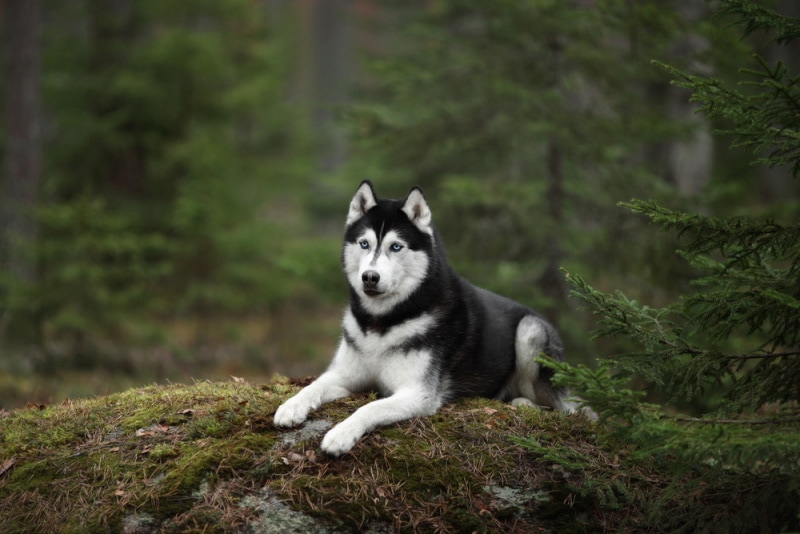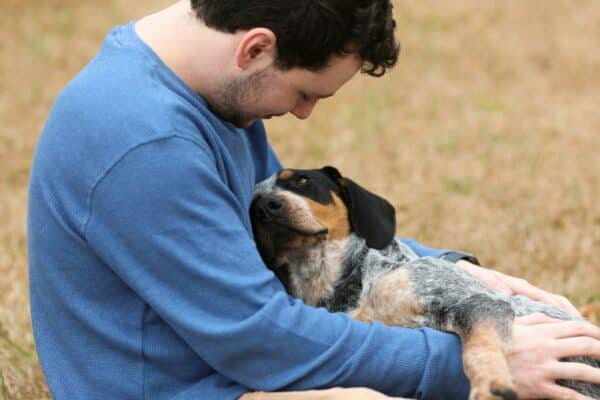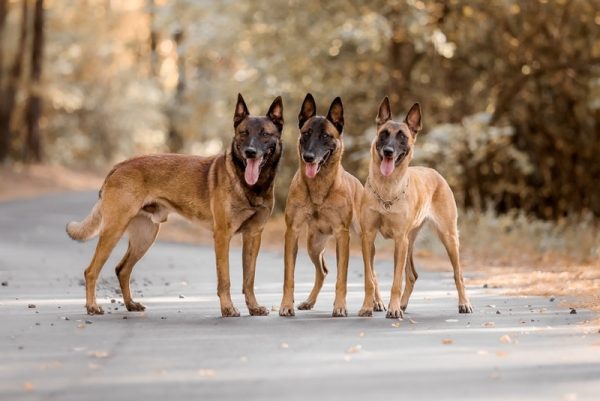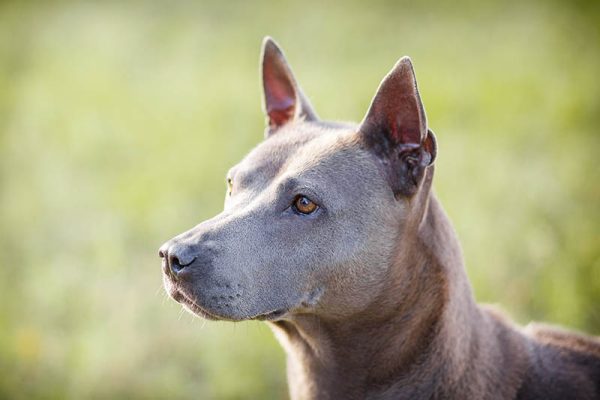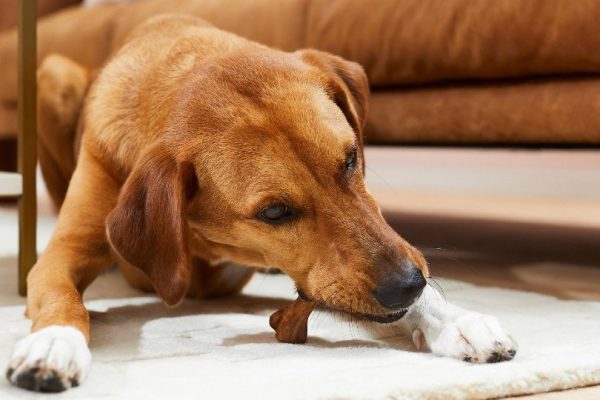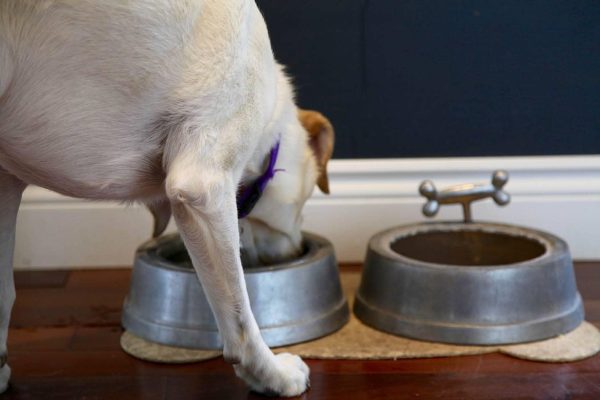In this article
View 2 More +Today’s pet dogs may have developed from wild wolves, but most now live where humans meet their every need. They don’t need to worry about finding shelter, feeding themselves, or staying safe from predators. Knowing this, you might wonder if dogs could survive if humans suddenly vanished from the world.
Surprisingly, experts think dogs could survive without humans, although the adjustment period would be tough. Keep reading to learn how dogs might make it on their own and how the canine species could change if forced to survive without us.

Why Dogs Would Survive Without Us
Experts think dogs would survive without us because millions of canines worldwide already do. Only about 20% of dogs in the world are considered domestic1, meaning they live with humans and receive all their care from them. The rest, up to 800 million dogs, are either wild, stray, or only minimally cared for by people.
Granted, the life expectancy for these unhoused dogs is much shorter than for pets, about 3–5 years. However, humans are responsible for many of the threats to these dogs’ lives. Who knows how canine life expectancy would change in a world without humans?
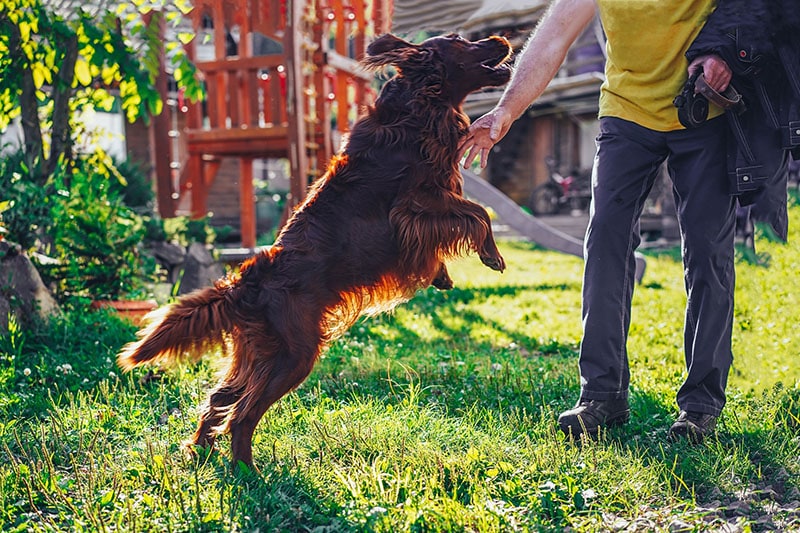
Why the Change Wouldn’t Be Easy at First
Even though approximately 80% of dogs live without dedicated human care, they rely partly on humans for one primary key to survival: food. Human food waste provides an easy source of nutrition for stray dogs worldwide. Without humans, the dogs left behind would need to find new food sources.
As omnivores, dogs could eat just about any food they could scavenge, including plant material. They’d probably have to compete with other animals, including wild canines like wolves. Some dogs, most likely pets and smaller breeds, might struggle to adapt.
Dogs would also need to find new sources of shelter and figure out how to protect themselves, possibly by joining forces with other dogs or species.
How Might Dogs Change in a World Without Humans?
While studying stray animals today can help us draw some conclusions about how dogs could survive without humans, it’s harder to speculate about how the species could adapt and change without us. Dogs are already one of the most diverse species in physical appearance and behavior, as humans developed breeds based on their needs.
Without human interference in their future breeding, it’s likely that many physical and behavioral traits, even entire breeds, would disappear. Physical traits that limit survival, such as flat faces or short legs, would likely be weeded out. Those that serve no purpose for survival, like different coat colors and low-shedding fur, would also disappear.
Behaviorally, traits like independence, intelligence, and adaptability might be among those that survive the natural selection process.


In Conclusion
While pet dogs currently rely on humans, the canine species would almost certainly survive without us. The transition would be rough and require significant adaptation, which would make the future canines much different from our current dogs. However, just because your dog might be okay without you if they had to be doesn’t mean they don’t deserve to receive the best care now.
Featured Image Credit: Ivanova N, Shutterstock
